
Reactivity in Chemistry
Electrophilic Aromatic Substitution
AR11. Solutions to Selected Problems
Problem AR1.1

Problem AR2.1.
In the case of uncatalyzed bromination reactions, there is clear evidence that the Br-Br bond-breaking step does not start the reaction off. If that were the first step, there would presumably be an equilibrium between Br2 and Br+/Br- ions. That equilibrium would be shifted back toward Br2 if bromide salts were added. In that case, the amount of bromine cation would be suppressed and the reaction would slow down. No such salt effects are observed, however. That evidence suggests that, in the uncatalyzed reaction, the aromatic reacts directly with Br2.
Problem AR2.2.
In each case, a base must remove the proton from the cationic intermediate. An anion that would be present in solution has been chosen for this role.
a)

b)

c)

d)

Problem AR3.2.

Problem AR3.3.
The primary cation formed is very unstable. As a result, there is a high barrier to cation formation.

Problem AR3.4.
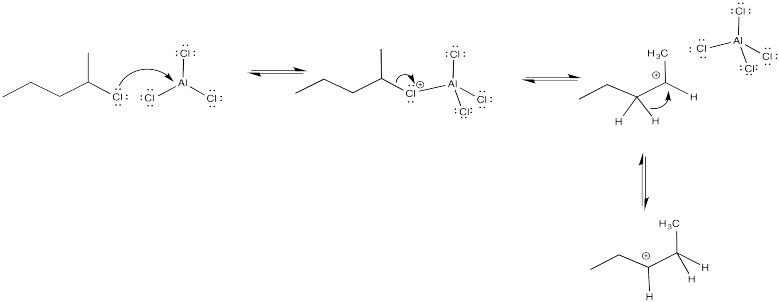
Problem AR3.5.

Problem AR3.6.

The cation that results is stabilized via π-donation from oxygen.
Problem AR3.7.

Problem AR3.8.

Problem AR4.2.

Problem AR4.3.

Problem AR4.4.

Problem AR4.5.
This is a substituted alkyl group. An alkyl group should be moderately activating, but the presence of a halogen exerts an inductive electron-withdrawing effect. The cation-stabilizing effect of the alkyl substituent is completely counteracted by the halogen.
Problem AR4.6.
a) activating b) deactivating c) activating d) deactivating e) deactivating
Problem AR5.1.



The tertiary cations that result during ortho- and meta- substitution offer extra stability, leading to preferential formation of these cations.
Problem AR5.2



The π-donation that occurs in the cations arising from ortho- and meta- substitution results in extra stability, leading to preferential formation of these cations.
Problem AR5.3.



The cation directly adjacent to the carbonyl is destabilized by the electron withdrawing effect of the ketone. By default, the other intermediate is preferentially formed.
Problem AR5.4



The π-donation that occurs in the cations arising from ortho- and meta- substitution results in extra stability, leading to preferential formation of these cations.
Problem AR5.5.
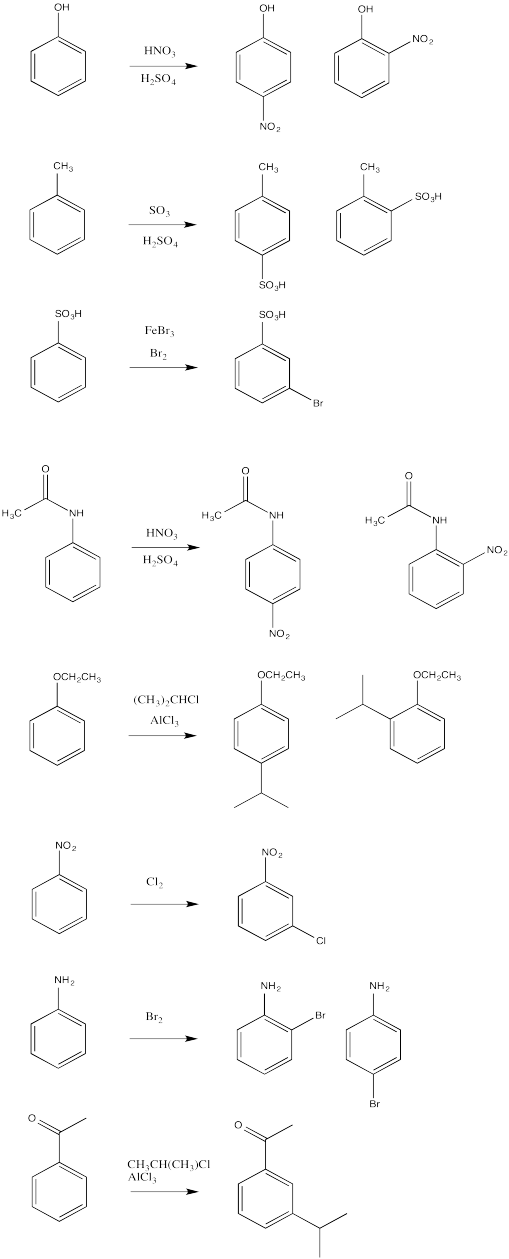
Problem AR5.6.

Problem AR5.7.
In cases leading to mixtures of ortho and para products, only one product was chosen, based on minimal steric interactions.
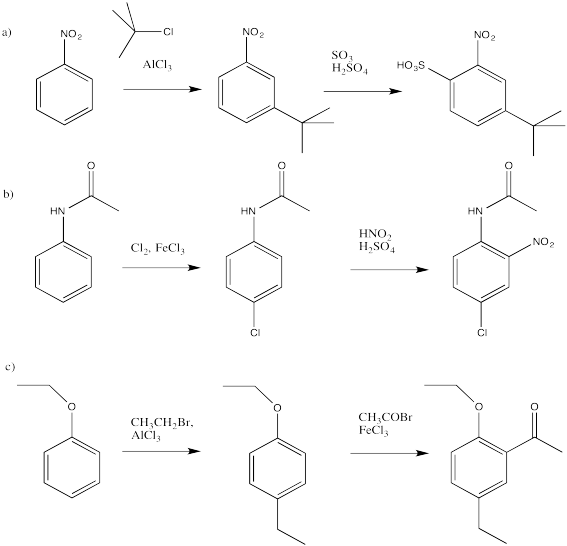
Problem AR5.8.
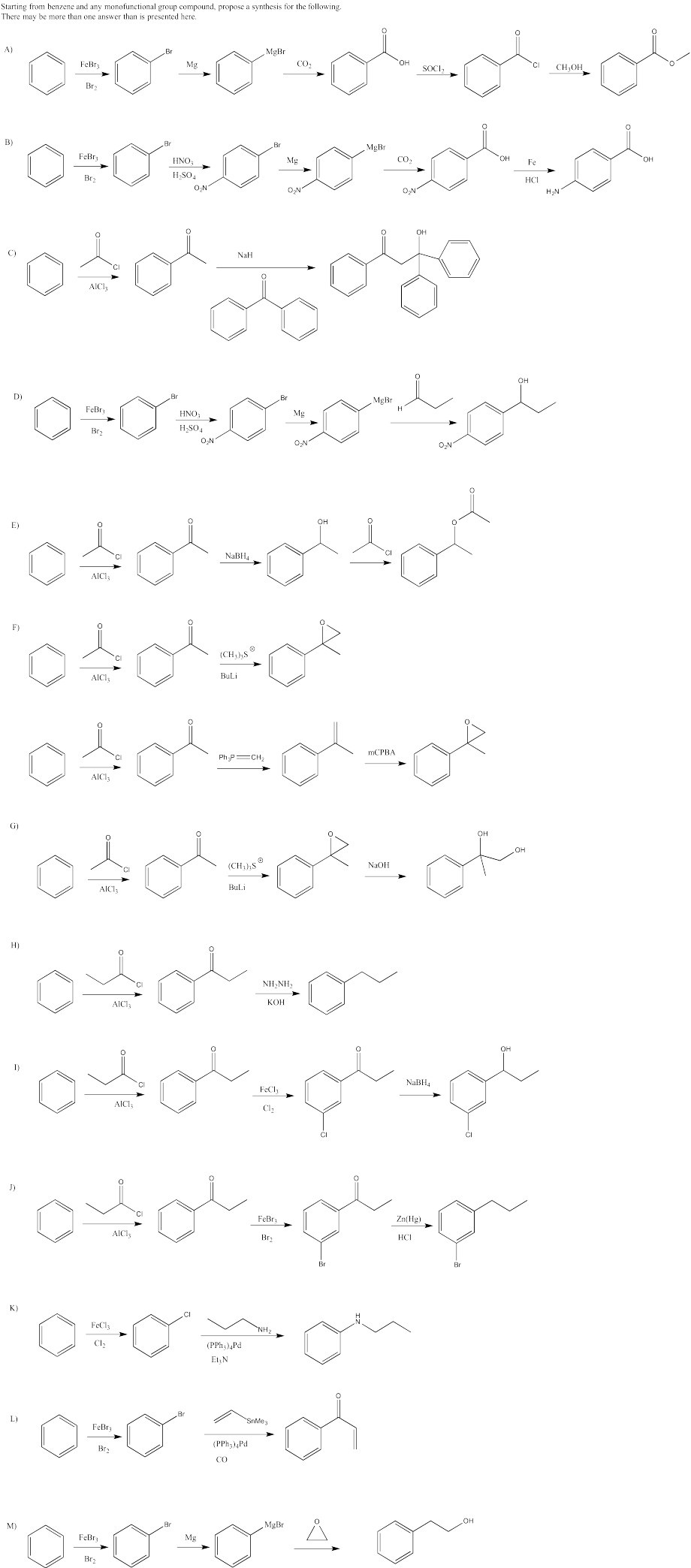
Problem AR5.9.

Problem AR5.10.

Problem AR5.11.
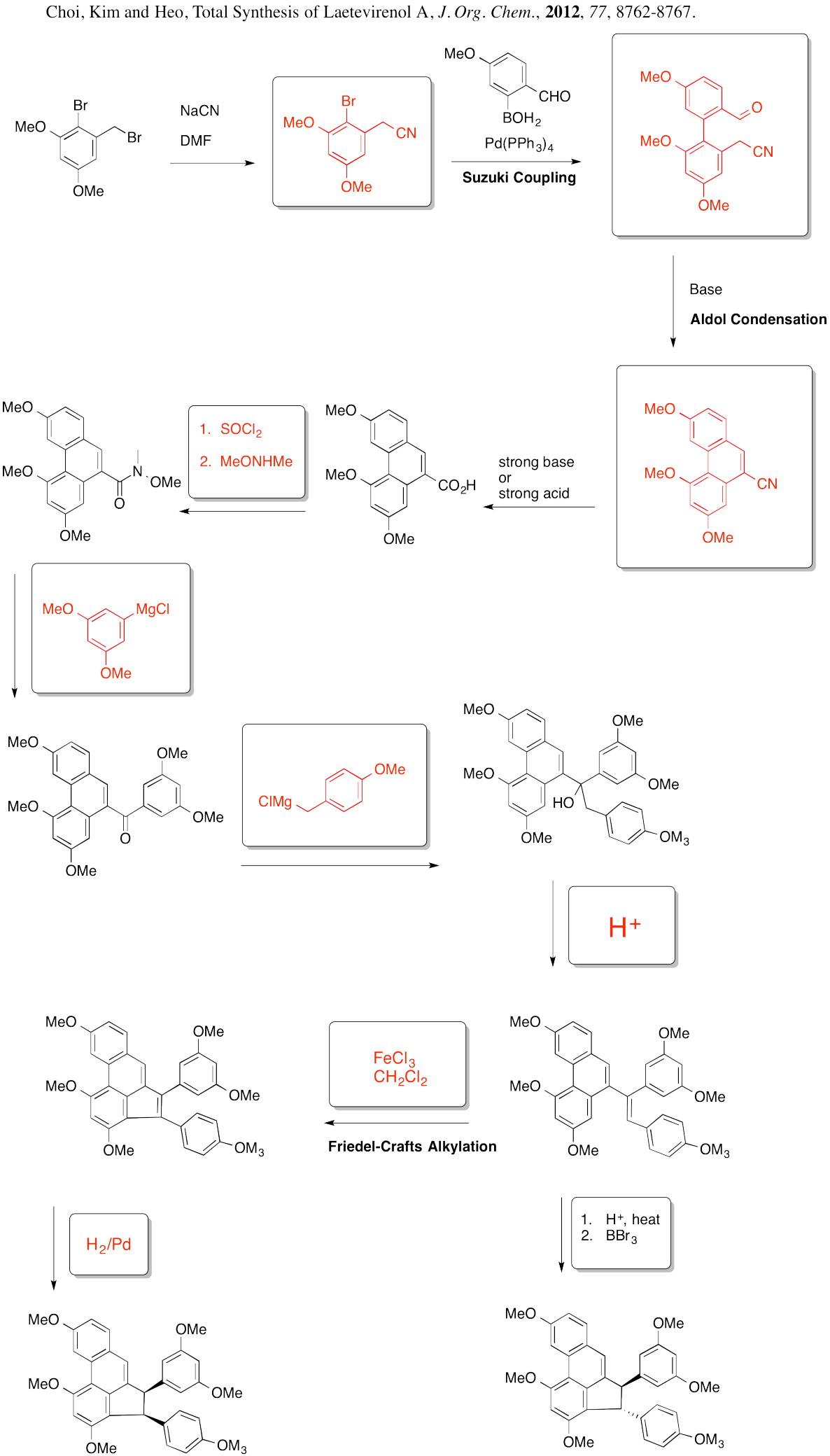
Problem AR5.12.
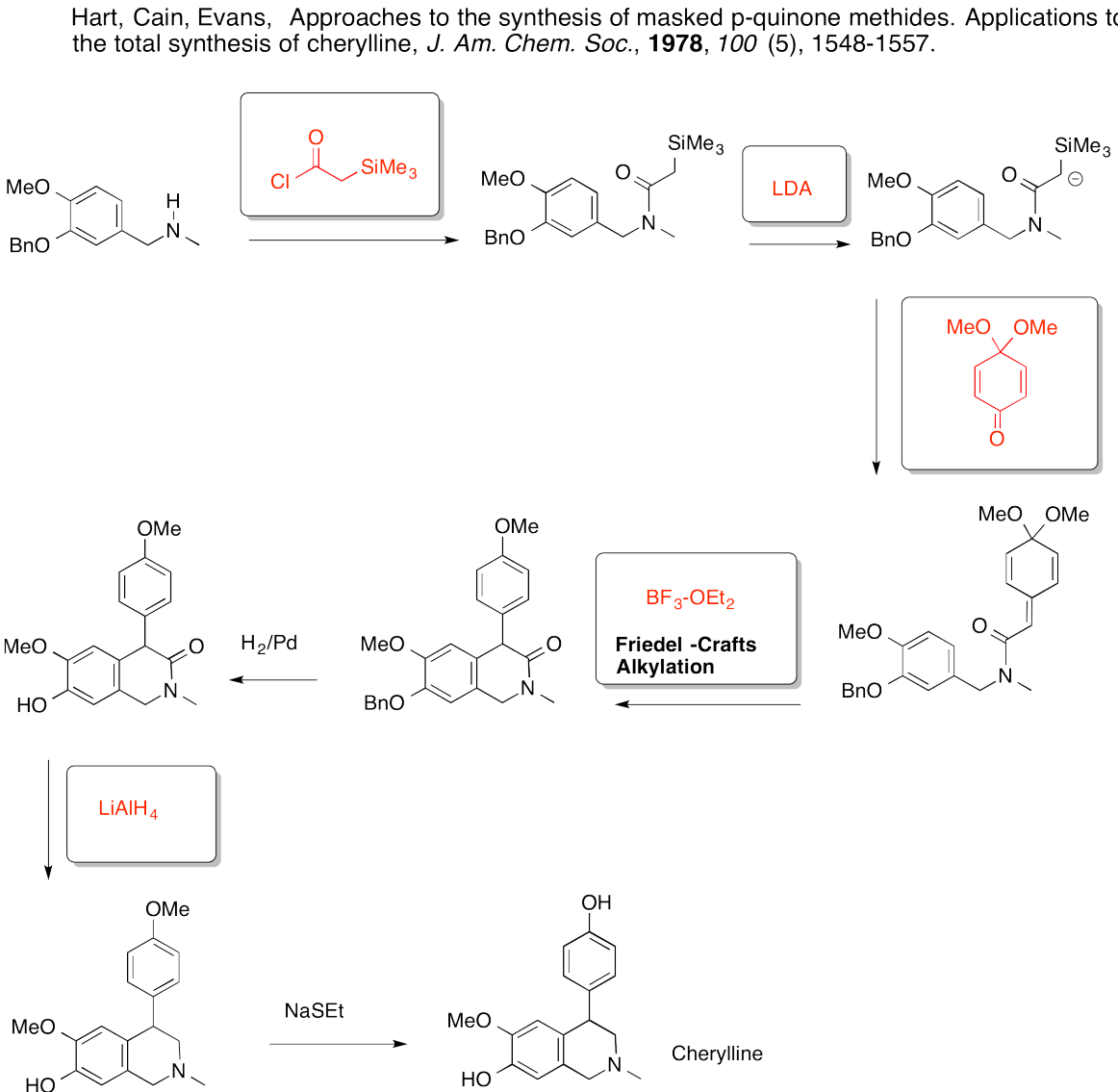
Problem AR6.1.
Problem AR6.2.
Problem AR7.1.
Problem AR7.2.
Problem AR9.1.
Problem AR9.2.
Problem AR9.3.
Problem AR10.1.
Problem AR10.2.
Problem AR10.3.
This site was written by Chris P. Schaller, Ph.D., College of Saint Benedict / Saint John's University (retired) with other authors as noted. It is freely available for educational use.

Structure & Reactivity in Organic, Biological and Inorganic Chemistry by Chris Schaller is licensed under a Creative Commons Attribution-NonCommercial 3.0 Unported License.
Send corrections to cschaller@csbsju.edu
This material is based upon work supported by the National Science Foundation under Grant No. 1043566.
Any opinions, findings, and conclusions or recommendations expressed in this material are those of the author(s) and do not necessarily reflect the views of the National Science Foundation.
Navigation: